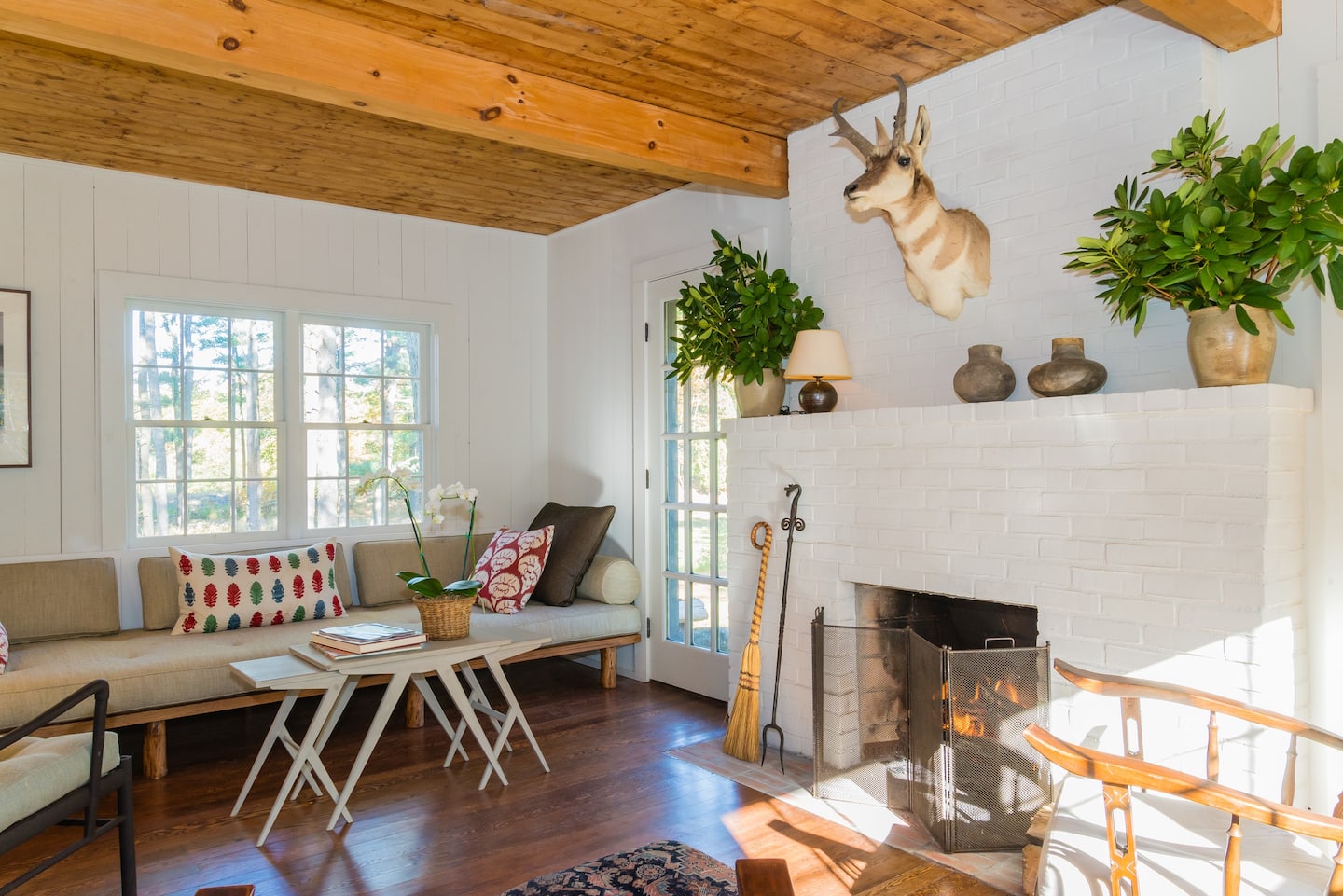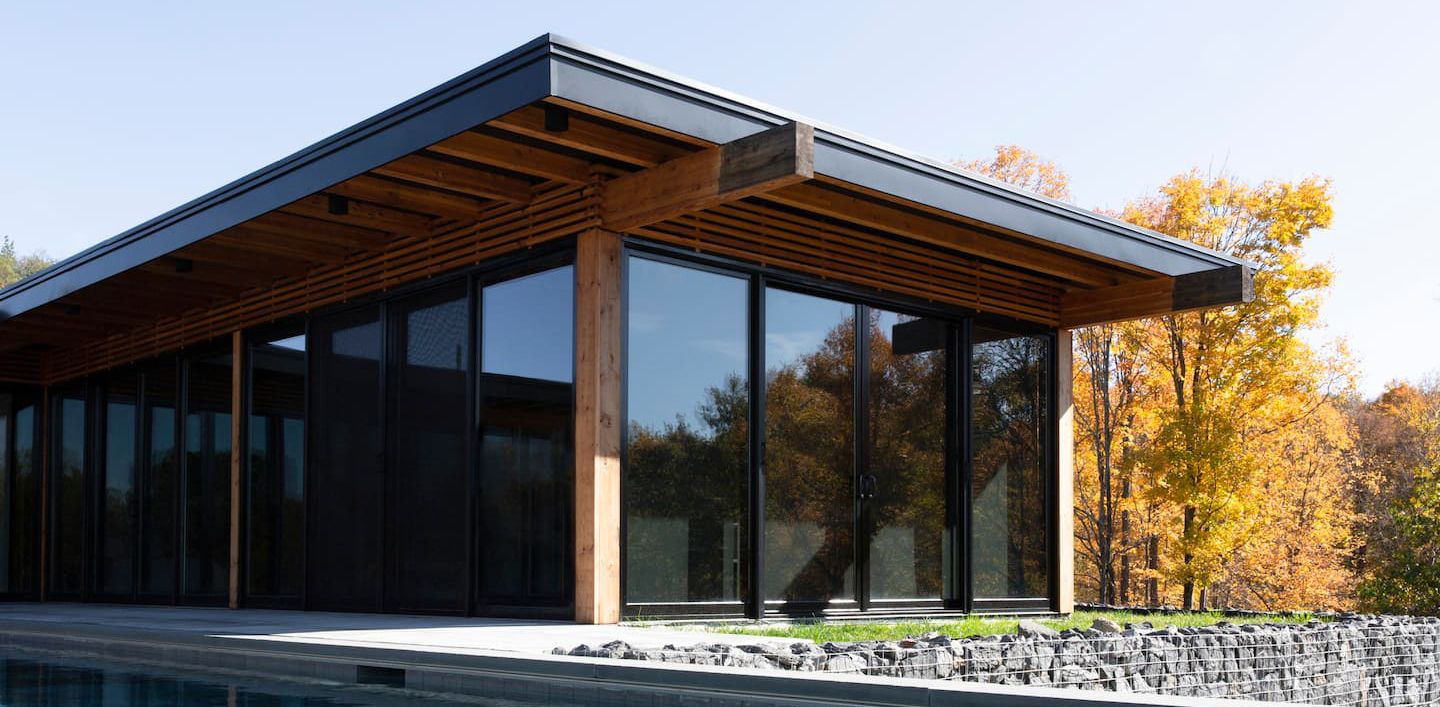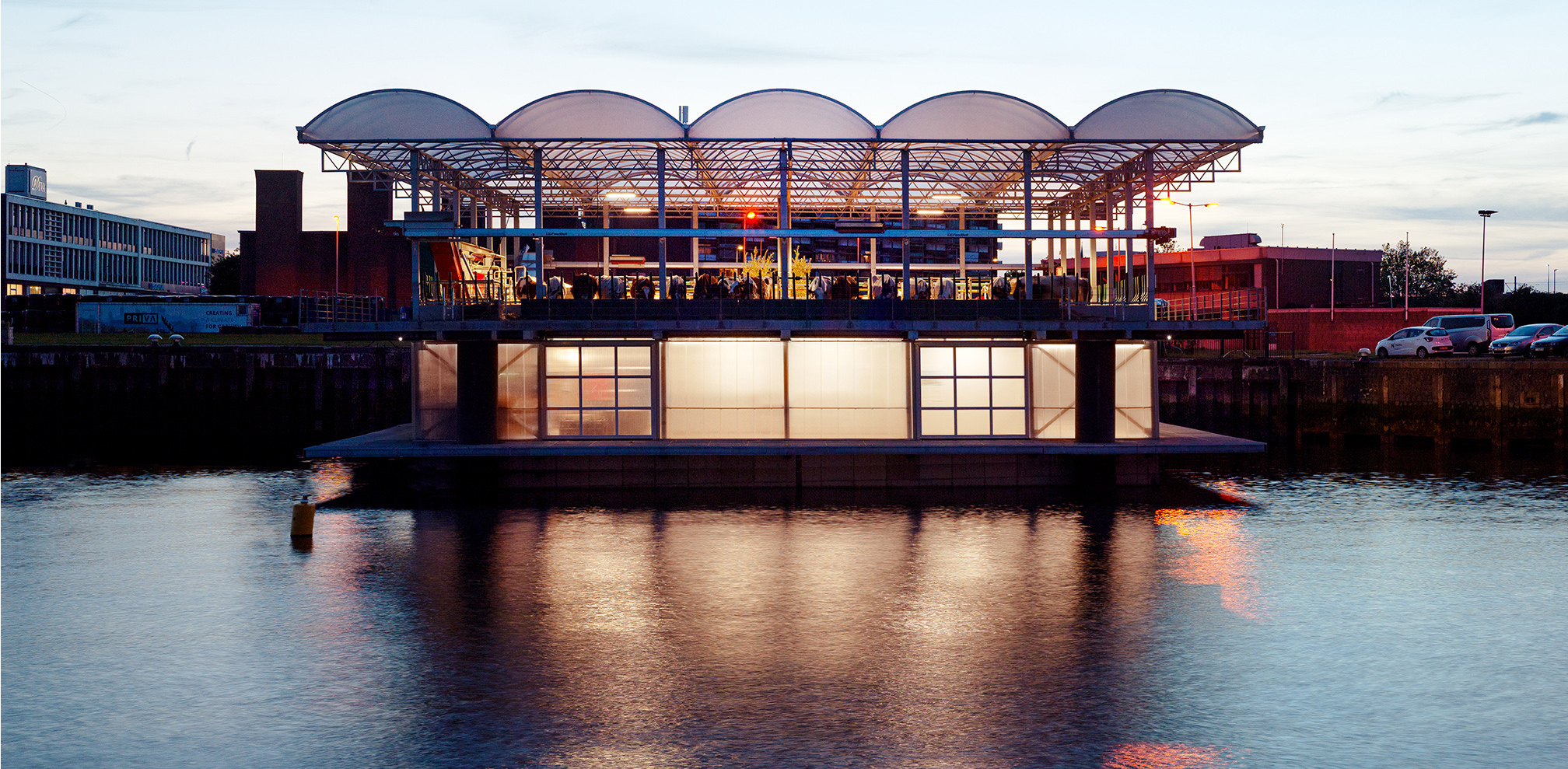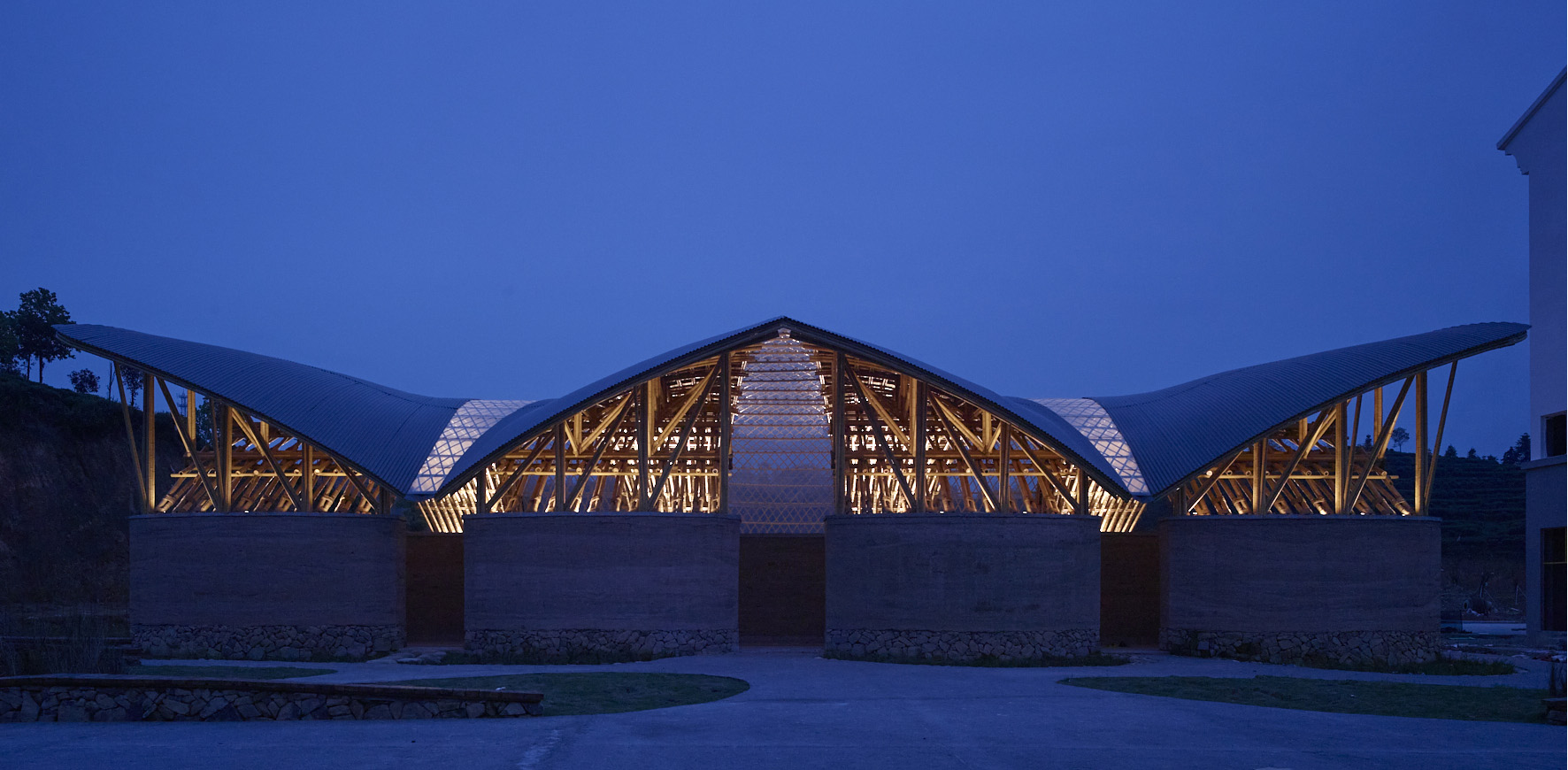There are many reasons that architects decide to host on Airbnb, from sharing a passion for beautiful spaces to the sense of wanderlust and human connection — not to mention the prospect of extra income to sweeten the deal. Whether the supplemental income is the primary attraction or a secondary one, it’s an important factor when it comes to hosting, and architects in particular can harness Airbnb as a financial investment.
Designing a welcoming, thoughtful space for guests offers a unique opportunity for architects to exercise their entrepreneurial skills, turning bricks and mortar into dollars and cents. We asked a handful of seasoned architect Hosts about the financial aspects of their Airbnb businesses, whether they are hosting their own residences or creating new homes expressly for Airbnb guests.

Modern Architectural Gem hosted by David Ling, founder and architect at David Ling Architect
1. Make Yourself at Home
Many architects have turned to Airbnb as a way to monetize their own homes when they are not there themselves. While this is a common basis for hosting, it’s enhanced with a twist in this instance — these spaces were designed and constructed by their Hosts.
“I originally designed my home for my own particular vision, without consideration to hosting,” says David Ling of his Modern Architectural Gem in Amagansett, NY. “However, as a fan of a shared economy, I gradually started to rent out my home when I wasn’t using it.” Similarly, architect Mark Bearak notes that he and his partner “built the home for ourselves as a weekend home. Eventually our family outgrew the house so we opened it up to guests.”
In both cases, budgeting was paramount: Ling confirmed that his “original budget was tight since there was no immediate return on investment,” while Bearak acknowledges that their “strict budget” did not originally include the pool — for which his listing in Hudson, NY, is named — or smart home components, which were added later. (Like Reinaker, Bearak also kept costs down by primarily sourcing locally available, off-the-shelf materials, in keeping with his ‘Open Source’ design philosophy.)

Corey’s Guesthouse hosted by Corey Reinaker, architect at Corey Reinaker Architect
2. Do It Yourself
Hosting started on a whim for Dallas-based architect Corey Reinaker, who listed his spare bedroom after a friend suggested it as an additional income driver. He found that he enjoyed the experience so much that he decided to invest the extra income in the “aging accessory workshop building” in his backyard. “To fund construction,” he relates, “we leveraged the cashflow from the bedroom listing along with a little creative finance — a ‘0% interest for 21 months’ credit card and a low-interest 5-year home-improvement loan from our bank.”
For Reinaker, bootstrapping necessitated further means of cost control. Since he took on most of the construction himself, the design of the guesthouse was equally informed by his interest in Scandinavian architecture, a previous micro-apartment project, and “by the modular dimensions of its constituent building materials, their ready availability, and our own ability to work and install the materials.”
As seasoned architects know, there are some potential pitfalls to be aware of. “Special order charges, small order fees, and shipping costs have the potential to blow up the budget on such a small project,” says Reinaker. To reduce the risks, the architect sourced materials that were available locally at retail stores. The discipline paid off: Reinaker managed to recoup the upfront costs in “roughly 18 months,” emphasizing that “the ‘sweat equity’ considerably reduced the cost of the project.”

Clum House by Kevin Lindores, founder and architect at Sachs Lindores
3. Research and Renovate
Alternatively, some architects, such as Kevin Lindores, treat their Airbnb homes as vehicles for design research, which ultimately benefits the bottom line for their practice. As one half of studio Sachs Lindores, he and his partner, a designer, manage several properties that they have renovated in the Catskill/Saugerties area in upstate New York. “Experimenting with design details and specification allows us to try things that can be applied to our clients’ projects,” explains Lindores. “For example, we’re incorporating quite a bit of green technology like geothermal heating, solar energy and passive house design in the new Airbnb residences. This gives us better insight when offering these options to our clients.”
The extra income from Airbnb can spur a cycle of incremental improvements down the line. “We are currently using all of the income on property upgrades,” says Bearak, of the Hudson Pool House, which was built in 2018. “The home is a 30-year project and we intend to improve landscaping over time.” And the business model works just as well for older renovation projects: Architect John Thompson — who is undertaking the phased modernization of the 1961 mid-century gem “The Wave” — notes that “the guest fees will fund future phases of renovations, replacement of carport and roof repair.”

Hudson Pool House hosted by Mark Bearak, principal at dtls.ARCHITECTURE
4. Scale It Up
Having success hosting on Airbnb has inspired some architects to reimagine their business model entirely. Ling, for one, notes that “hosting has also become an important source of income that allows me to continue to acquire, design and build spaces for hosting.” Lindores echoes the sentiment: “We’ve had a very good ROI but we’ve been reinvesting all of the profit into our properties or used to finance new projects.” He and his partner have recently purchased a farm near their current Hudson-Valley listings, which they are “subdividing into 5- to 7-acre sites to build new houses. Our plan is to rent them on Airbnb, and we’ll turn the 18th-century Dutch barn into a gathering place with a pool.”
From real-estate investment to renovation and back again, hosting on Airbnb offers an unprecedented opportunity for architects to grow their practice on their own terms. “Airbnb has significantly influenced my business model as a practicing architect and educator,” Ling says. “The financial rewards of developing and hosting has enabled me to be [more] selective in which clients I take on, but also to integrate the roles of architect, interior designer, owner and contractor.” On one hand, he sees himself as “a developer of Host properties, [who invests his] personal funds and risk and directly reap the financial rewards”; on the other hand, “Guest reviews add a personal and specific validation to my work as an architect, interior designer and host.”
Now you have the knowledge, head over to Airbnb to learn more about hosting!









